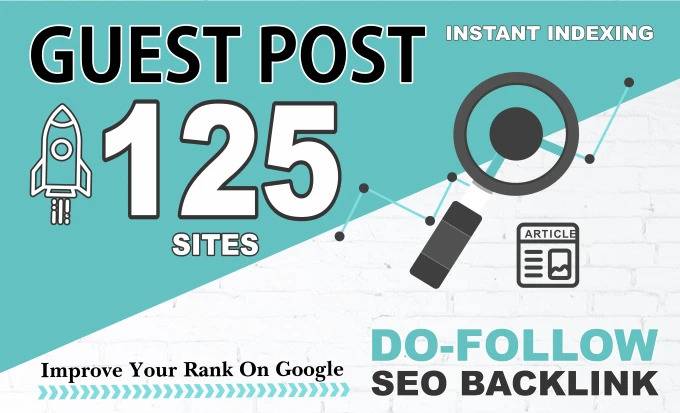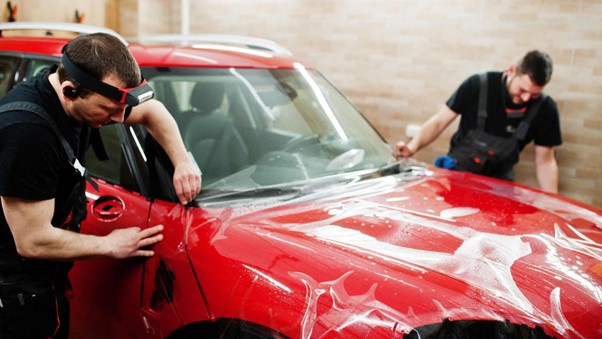
NFTs, or non-fungible tokens, are digital assets that represent real-world items, such as art, music, or even video. They have become fashionable in the form of digital works of art. Despite these digital files, no one can destroy or duplicate them, and when you buy an NFT, you are the `only person who owns that file in its entirety.
Recently, people have started collecting NFTs as if they were collecting normal artwork and reselling it for profit. According to the file, artists can even collect royalties every time their art is resold to someone else.
Given some of the mind-blowing prices that NFTs have sold for, this is good news for digital artists. So how do you go about making and selling your own NFT art?
Here’s what artists need to know about creating NFT art and how profitable it is.
Table of Contents
Step 1 – Choose or create the art that will serve as your NFT
The first step as an artist is to create or find the artwork that will serve as the NFT. The good news is that you don’t necessarily have to make a whole new piece of art. As long as you have past digital artwork that you’d like to share with the world, you can move on to the next step of selling your NFT.
Please note that there are very few rules on what you can sell as NFTs. As long as the original content is yours, you can sell it.
While you won’t be able to sell a random meme or illustration you found online, you can sell your own digital art, songs, memes, and even recipes on an NFT marketplace.
Of course, if you’d rather create a new piece of art than sell an old one, you can do that too. Since you can turn almost any digital file into an NFT, you don’t need to do anything special when you create your art.
Most markets support traditional file types such as:
- JPEG
- txt
- png
- MP3
- gifs
Step 2 – Set up your Ethereum wallet
The NFT(non-fungible token) market is focused on cryptocurrencies like Ethereum, so if you’re interested in selling one, you’ll need to set up your own digital wallet.
This will not only allow you to pay the fees associated with hosting your NFT on a marketplace, but if someone buys your art, you will be paid in cryptocurrency through your digital wallet.
Fortunately, there are many different platforms that allow you to create digital wallets, and many of the major ones work with most markets. Some of the most popular digital wallet platforms include:
- Coinbase Wallet
- Rainbow
- MetaMask Wallet
Suppose you are interested in buying NFTs as well as selling them. In that case, many digital wallets, like Coinbase, allow you to store any NFTs you buy directly in the wallet so you can view them anytime you want.
Step 3 – Buy a small amount of ETH for your wallet
After setting up your digital wallet, the next step is to purchase a small amount of Ethereum to store in that wallet. While this may seem strange since you are not the one buying NFTs, there is a good reason for doing so. Most exchanges have some type of fee associated with selling your NFTs on their NFT platforms, so you will need at least a little bit of ETH to sell.
The price of ETH can fluctuate from day to day, but once you have chosen the dollar amount you want to invest, you only need to buy that amount of Ethereum.
The good news is that you probably won’t need to use a separate exchange to get your ETH. Most wallets, including MetaMask and Rainbow, allow you to purchase ETH directly, so there is no need to make a separate transfer.
Of course, if the wallet you have chosen does not allow direct Ethereum purchase, you can always purchase on other platforms you are already familiar with, such as Venmo or Paypal.
Step 4 – Find an NFT Market You Like
You have your wallet set up and you have purchased your cryptocurrency. The next step is to find a marketplace where you can sell your NFT. Just like creating a digital wallet, there is more than one platform to choose from. Some of the most popular platforms on the market include the following.
Queer
Having processed hundreds of millions of dollars in NFT sales, Rarible is not only one of the most popular options for NFT markets, it is also one of the most accessible.
Setup is easy for beginners, and its minting process doesn’t require you to be a techie or know any code.
If you’re trying to sell an NFT that isn’t a traditional piece of art like a song, recipe, or animation, Rarible places very few restrictions on what can be sold on its NFT marketplace.
Open sea
As one of the first markets, OpenSea is definitely known as a platform to sell your NFTs, and you will find tokens ranging from digital art to video game items.
Unlike some marketplaces, OpenSea is completely free to sign up for and there are no restrictions on who can be a seller, making it another good option for beginners dabbling in NFTs for the first time.
Like Rarible, OpenSea also has a lazy minting process for creating NFT art, so no coding knowledge is required. If you’re worried about having to pay expensive fees to sell your NFT or host it on the platform, it’s essentially free to sell your NFT on OpenSea.
While there are fees associated with minting and selling, it is the buyer who ends up paying the cost, not the seller.
The price of ETH can fluctuate from day to day, but once you have chosen the dollar amount you want to invest, you only need to buy that amount of Ethereum.
The good news is that you probably won’t need to use a separate exchange to get your ETH. Most wallets, including MetaMask and Rainbow, allow you to purchase ETH directly, so there is no need to make a separate transfer.
Of course, if the wallet you have chosen does not allow direct Ethereum purchase, you can always purchase on other platforms you are already familiar with, such as Venmo or Paypal.
Step 5 – Connect your wallet to the marketplace
When you sign up for the marketplace, the platform will likely give you the option to connect your wallet. This is not a step you want to miss, especially if you want to start loading and minting NFTs right away.
Even if you’ve never done this before, most popular platforms have a simple process and should walk you through how to connect your wallet. Once you do that, you should be ready to start uploading your digital files.
Step 6: Upload and store your digital file
Once you’re ready to start uploading, you can use the “Create” button in the marketplace to add your digital file to the site. As long as you’re using a market-compliant file type, this should only take a few clicks.
This step is also where you can choose if you want to mint NFTs as unique pieces or if you want each one to be part of a larger collection. Many beginners like to mint their tokens as unique pieces, which is not unlike selling an original painting or illustration in real life.
If you have chosen a platform where there are gas fees, you will usually need to pay them before minting is complete.
Step 7: Make a title and description
While some artists may want to skip this part, your piece title and description are often what entice people to take a closer look at your NFT.
You’ll want a title that is catchy and related to your artwork, and you should try to keep your description as detailed as possible.
In the description, you may want to talk about the theme of the piece and the meanings behind it. You are likely to see more sellers if they like the concept and execution of your art. Creating a theme for your NFT can also make it more popular.
Some of the most popular NFTs feature exciting and unique themes, like clothed animals, soccer cards, or movie characters.
Step 8: Choose your price
While this can vary by platform, most NFT marketplaces allow you to sell your NFT in one of two ways: at a fixed price or as an auction model. Fixed costs mean that your NFT will not sell until someone is willing to pay the stated purchase price.
Auctions, however, tend to be more attractive to artists, as there is a chance that you will earn much more on your NFT than you initially thought. Auctions can also work in a couple of different ways. You can allow sellers to bid, with the highest bid becoming the buyer.
Or, you can set a higher price, and as the auction progresses, the price will steadily decrease until someone is willing to pay that amount. To prevent the price from going too far below what you are willing to sell, you can usually set a minimum.
As for choosing and setting your price (if you’ve decided to go for a fixed price), it’s entirely up to you. While you can’t expect every NFT to earn thousands or even hundreds of dollars, you should at least consider how much time you’ve spent on the original piece and how much the minting fees are.
Unique NFTs that are in short supply tend to be priced a bit higher, as well as anything that comes with added perks, like merchandise or unlockable content.
Step 9: Advertise your NFT live
Once your NFT has been minted and is now active as a token that people can buy, you can’t always trust people browsing the site to stumble upon your work. While some platforms may be better at promoting new artwork than others, it never hurts to do your own advertising either.
If you are an artist who has a following on social media, you can always let your followers know that you have created an NFT that is for sale. Or, even if you don’t have a large following, it never hurts to share the list on the social media platforms you’re on. You never know what kind of traffic or potential buyers you may attract.
You can also take advantage of some of the existing communities that have platforms like Rarible or SuperRare. These platforms have their own discords, making it easy for artists to promote their NFTs to potential buyers.
Step 10 – Be sure to check back for offers
Not all platforms will notify you if someone has placed a bid on your NFT, so it’s a good idea to check yourself regularly. Anyone viewing the listing can make an offer on your NFT, so even just checking your listing daily can ensure you receive any incoming requests.
If you see any offers or action on your listing, you will have the opportunity as an artist to accept those offers. Or, if you’ve chosen a fixed price, you can receive a notification that someone has purchased your artwork.
The benefit of using a popular NFT marketplace is that there isn’t a lot of hands-on work you need to do after listing your token other than checking the offers. Once someone has bought your work, the platform will take care of the rest and you should see the agreed crypto go into your digital wallet.







